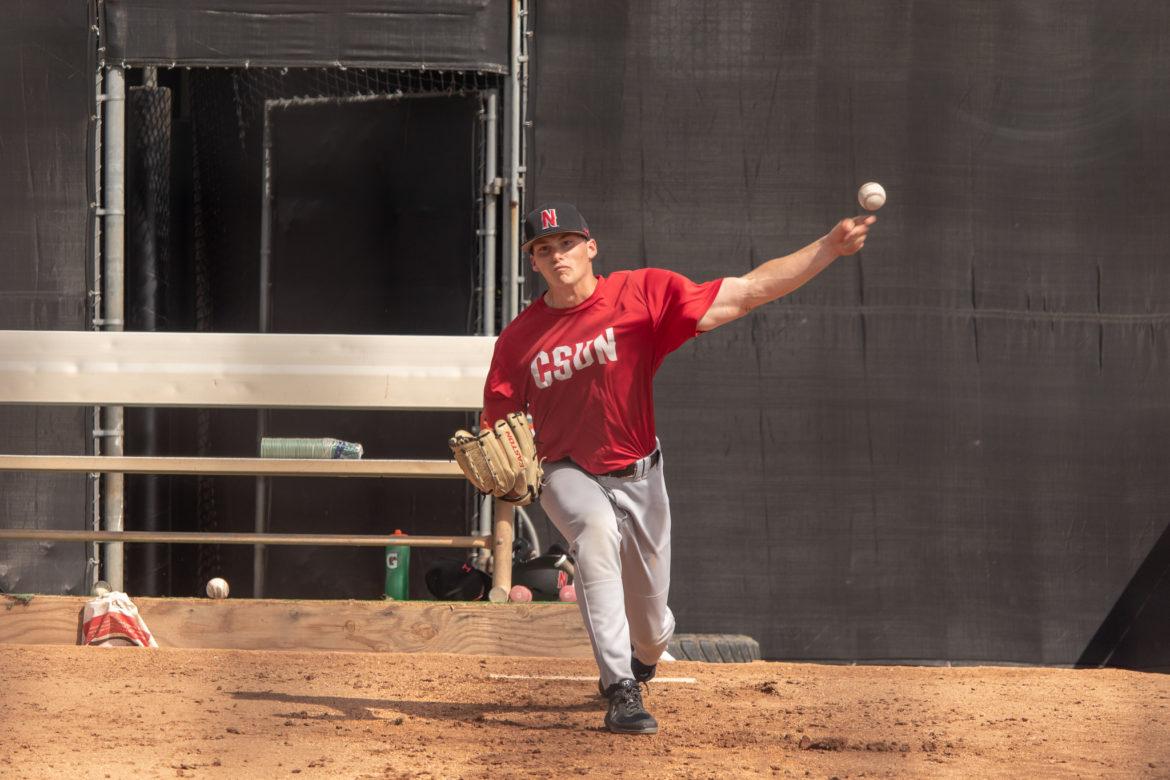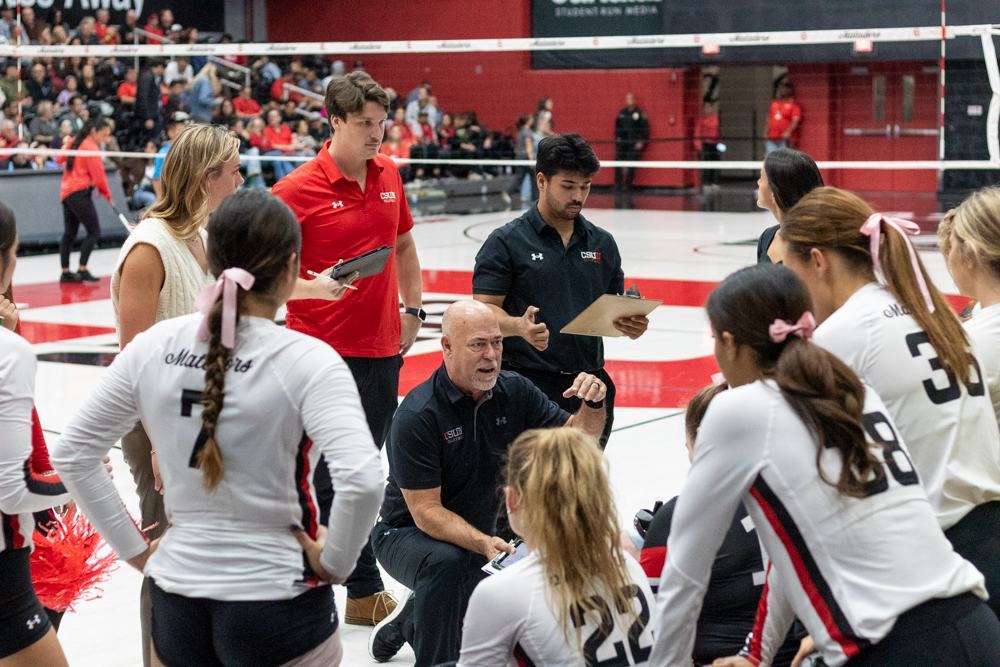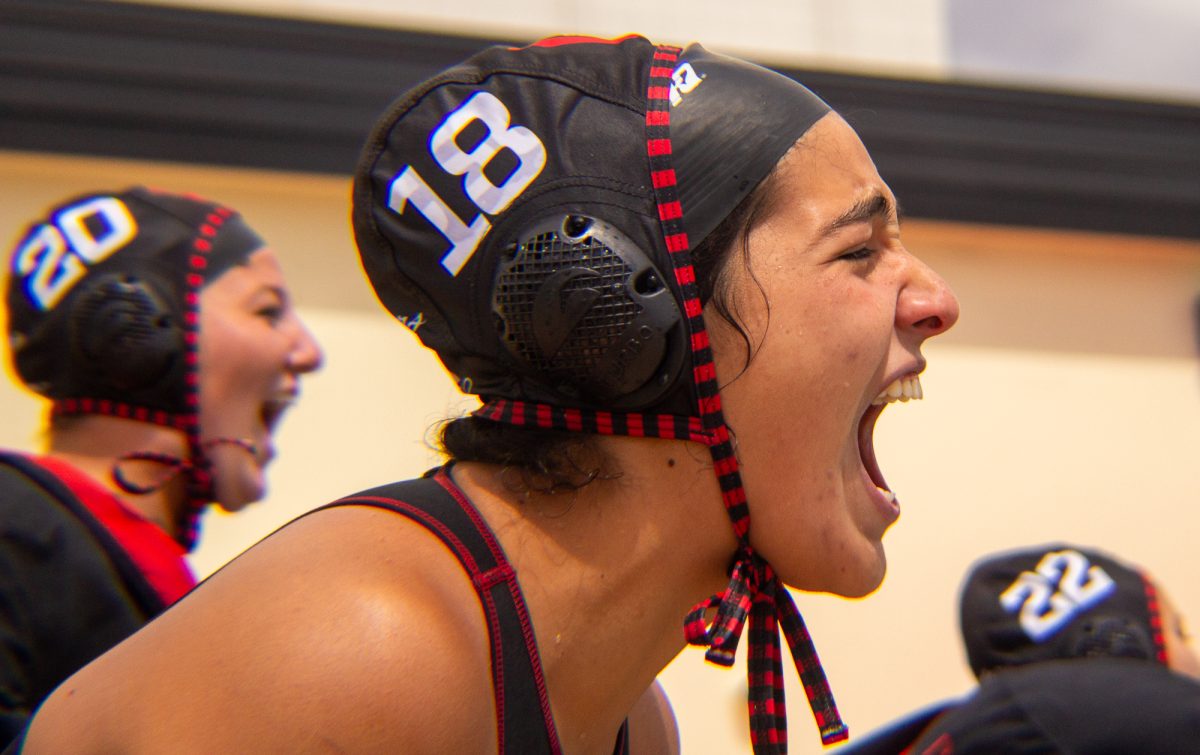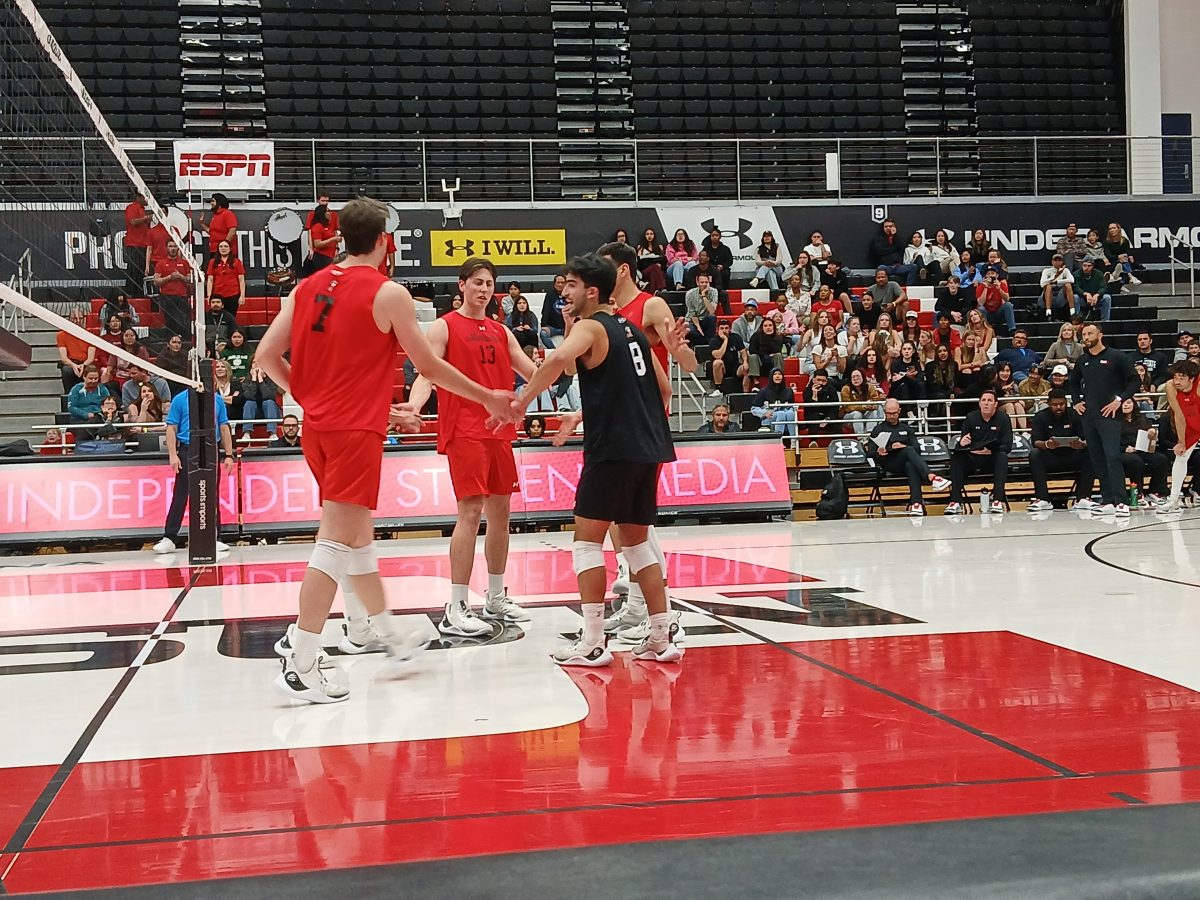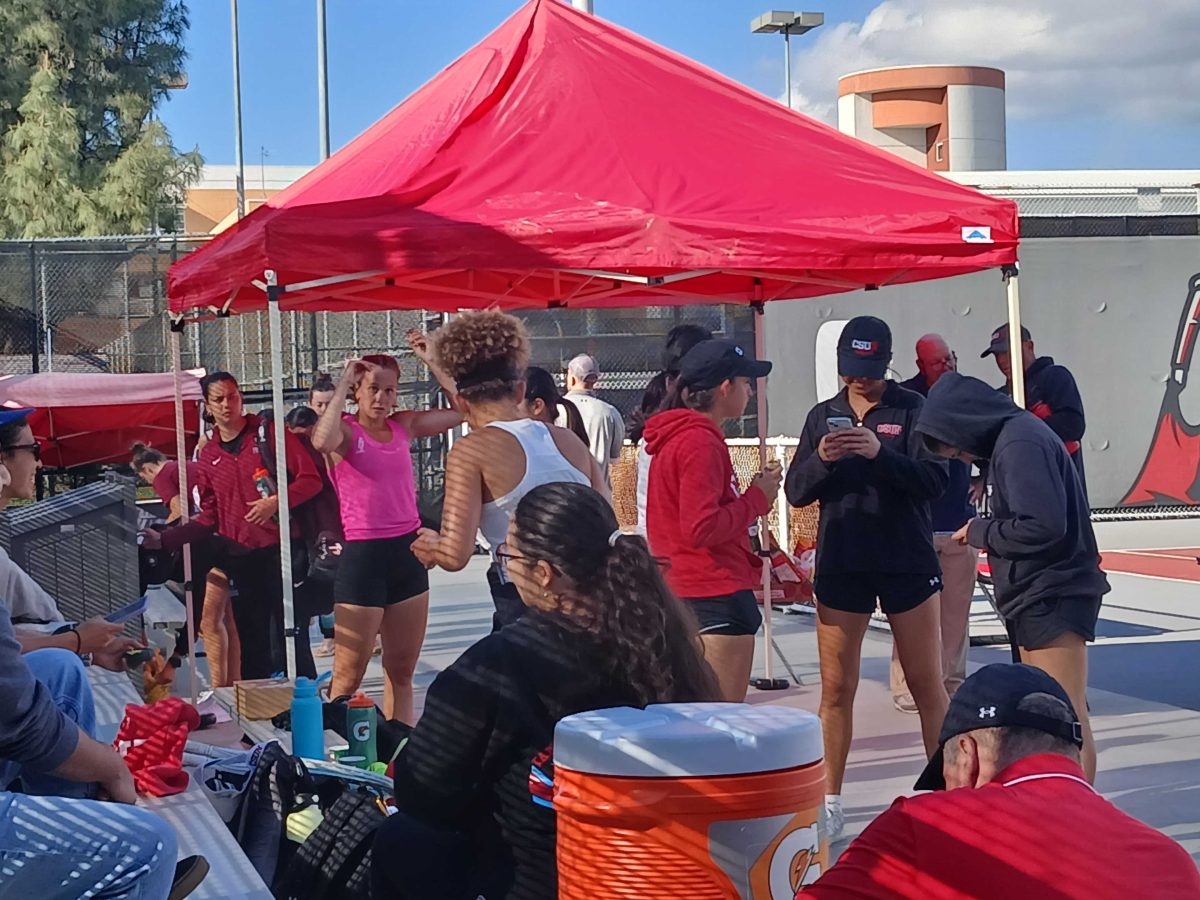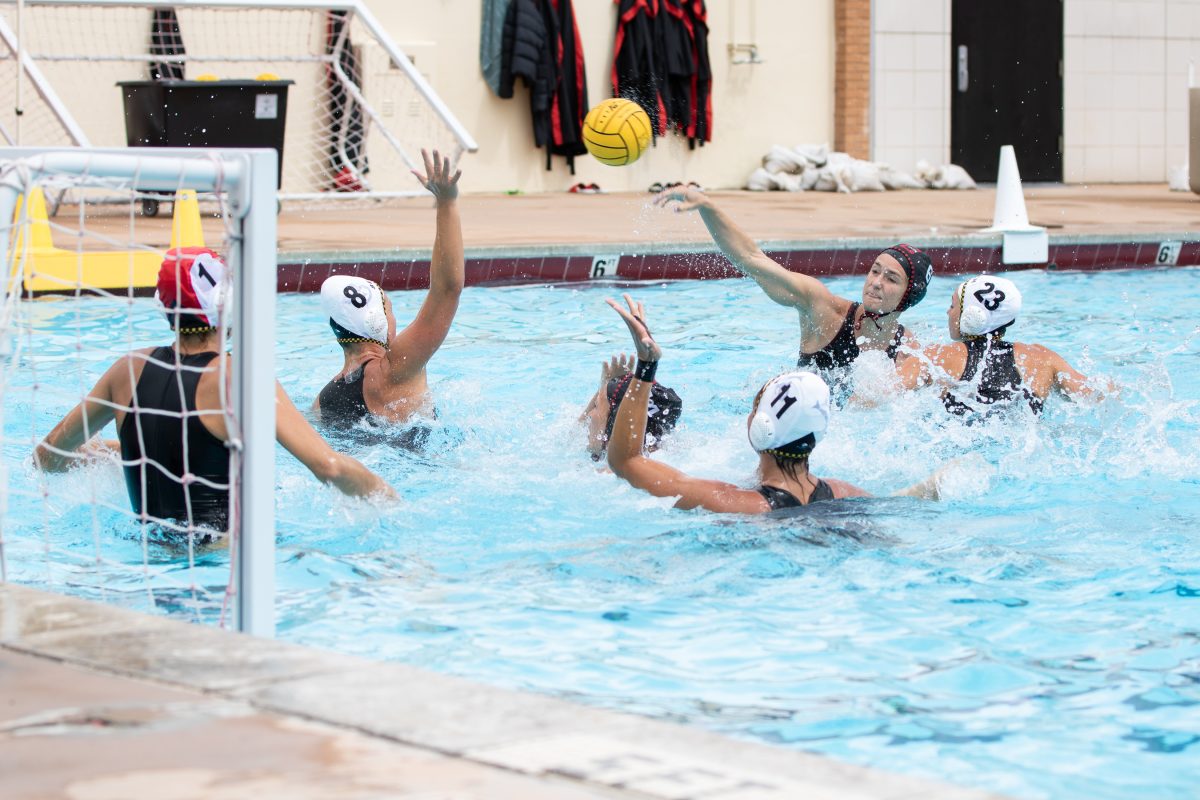Superstition and baseball have gone hand-in-hand since the inception of the game back in the mid-19th century.
These superstitions can range anywhere from quirky (talking about a no-hitter in process is believed to be unlucky) to downright disgusting, such as the longstanding tradition of not changing (or washing, for that matter) underwear during a winning streak.
These superstitions are not for everybody, but for sophomore left-hander Wesley Moore, superstition — or routine, as he prefers — is part of what makes him tick.
“Everything I do is a routine that has a purpose to it,” Moore said.
On game days, he eats the same breakfast before getting to the field and putting on his cleats and jersey the exact same way he has always done. Then during the game, he runs out of the dugout and jumps over the foul line the same way every inning of every game on his way to the mound, grabbing the ball and swiping the rubber before getting ready to pitch.
But the most important routine that Moore adheres to is how he warms up, using an 11-step process to get his mind and body ready to throw a baseball to the best of his ability.
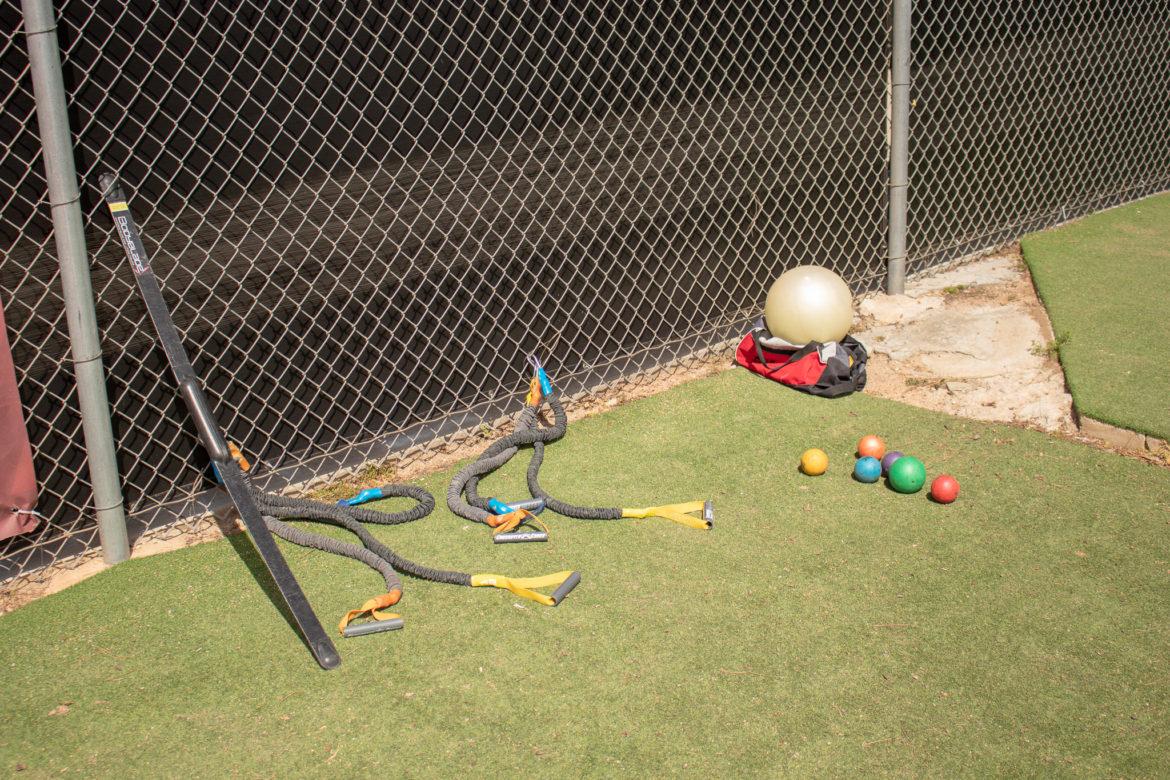
Moore starts this process about an hour and a half before he changes into his jersey by rolling his body out with a foam roller to relieve any tightness, listening to music as he does to relax his mind along with his body.
“That’s one of the aspects (of the routine),” said Moore. “Getting my mind right and just getting into my zone and focusing.”
Once he gets dressed into his baseball clothes and finishes the team warmup, he goes into a series of exercises that are meant to get his body loose, focusing on his hips, glutes, trunk and back, with an added emphasis on mobilizing his thoracic spine, the largest region of the spine, going from the base of the neck to the abdomen.
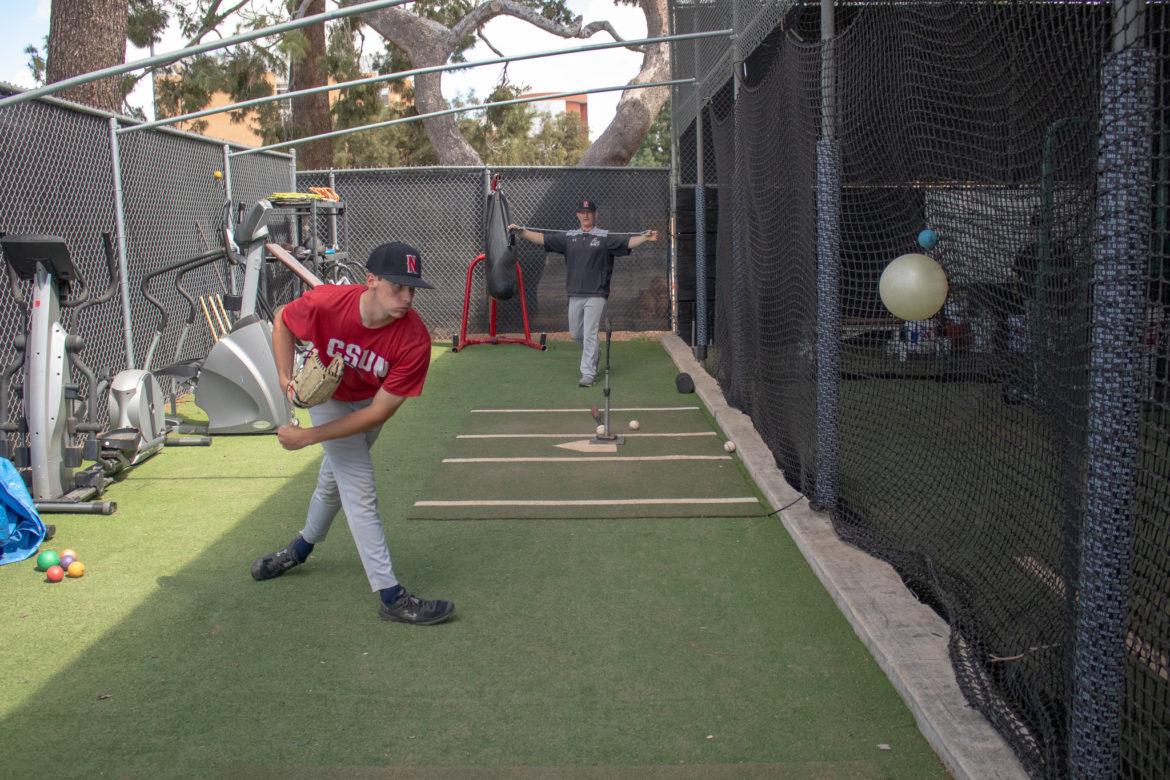
“(Thoracic) spine mobility is just your whole back rotating around the spine,” Moore said. “A couple of exercises that I do focus on hip and shoulder separation. That’s a huge key, getting my upper body and lower body warmed up and learning how to use them both separately at different times of my delivery.”
After he feels that he’s loosened his body up enough, Moore then starts to do his arm exercises, beginning with rubber band-like arm bands and then moving on to what is commonly referred to as a body blade, a long, black device that you shake at different angles to loosen up different parts of the arm.
After that, Moore gets into his weighted ball exercises, using six different balls that weigh anywhere from 3.5 ounces to 21 ounces. He starts with the heaviest ball and finishes with the lightest, going through five different drills to get his arm in the state it needs to be before he even picks up a regular baseball.
The final step in the process is actually throwing a baseball, like a baseball player is expected to, though his warm up is slightly more nuanced than what a position player would go through.
He starts off by throwing the ball with a high arc up until 90 feet, extending his arm as much as possible, before he starts to make regular throws as he keeps edging out to his max distance. Once he gets out as far as he can, or wants depending on how he feels on a given day, he makes just a few throws before slowly making his way back in, pulling as hard as he can on the follow through to make sure he is getting as much backspin as he can. He ends with a mini bullpen session on flat ground before finally making his way to the bullpen, where, surprisingly, his routine there is actually normal.
“My bullpen’s pretty short compared to my actual throwing program,” said Moore. “It’s really just trying to keep it fast-paced and throwing all my pitches off a mound, work on tempo and certain holds, certain picks and stuff. But other than that, it’s pretty common for a bullpen. It’s pretty short compared to my other teammates, actually.”
Given how meticulous he is with his routine, it would be assumed that the Surrey, British Columbia native has translated that into success on the mound.
But that wasn’t the case his freshman year as he went 2-4 in 16 appearances (six starts), posting a 6.75 ERA in 36 innings on the year.
That prompted him to seek out some guidance, taking him to Montgomery, Texas, the site of the renowned Texas Baseball Ranch where some of the elite high school, college and professional pitchers from across the country have gone to create personalized arm strengthening programs.
“The reason I went down there is because one of my coaches back home knows them very well and I’ve been doing a similar warm up they teach,” Moore said.
Another key reason for him wanting to go there is the fact that the Cleveland Indians’ Trevor Bauer, a 2018 American League All Star, is an alumnus of the program.
“I think anyone could model themselves after how well (Bauer) prepares and recovers after the game,” Moore said. “He’s probably better than anyone in baseball in how well he knows his body and how much he studies the game and studies himself is something I definitely strive to be in the future.”
With a revamped throwing program, Moore was ready for the challenge of a new season. Unfortunately, his first outing did not go as planned as he went just 4 2/3 innings in the loss against Kansas State on Feb. 16, recording eight walks and allowing three runs.
“What it is in that first week, he’s excited,” head coach Greg Moore said. “He’s trying to do a lot.”
He rebounded strongly though, throwing a two-hit shutout in his next outing against Gonzaga on Feb. 23 as he faced just four batters over the minimum in what was his best start as a Matador.
“I think I was just trying to do a little bit too much every pitch (against Kansas State),” Moore said. “I’ve always kind of been a high effort delivery pitcher, but the next start I was really just trying to pretty much say ‘here you go, hit it,’ and with less effort in my delivery and just let them get themselves out. And that’s really been the key, just staying ahead throughout the whole game.”
That mindset has worked wonders so far this year. Through seven starts, Moore is 3-2 with a 2.28 ERA, striking out 39 and giving up just 28 hits in 43 1/3 innings.
“He’s ahead in more counts this year,” coach Moore said about how Wesley has been able to move on from a disappointing freshman campaign. “He’s jumping up with fastball and changeup. Once he’s ahead in counts, he’s tough to hit because of the speed differential.”
With numbers like that and a routine reminiscent of an All-Star pitcher, there is no telling how far this sophomore sensation can go, though if coach Moore had his way, he would want his star pitcher to focus on the little things before thinking about the future.
“I just want him to continue to execute, continue to attack,” coach Moore said. “He’s getting better every week, if not every day. That’s the key. We just need to keep talking the game and we need to keep watching Wes improve. He’s doing so much work. It’s a joy to watch.”
